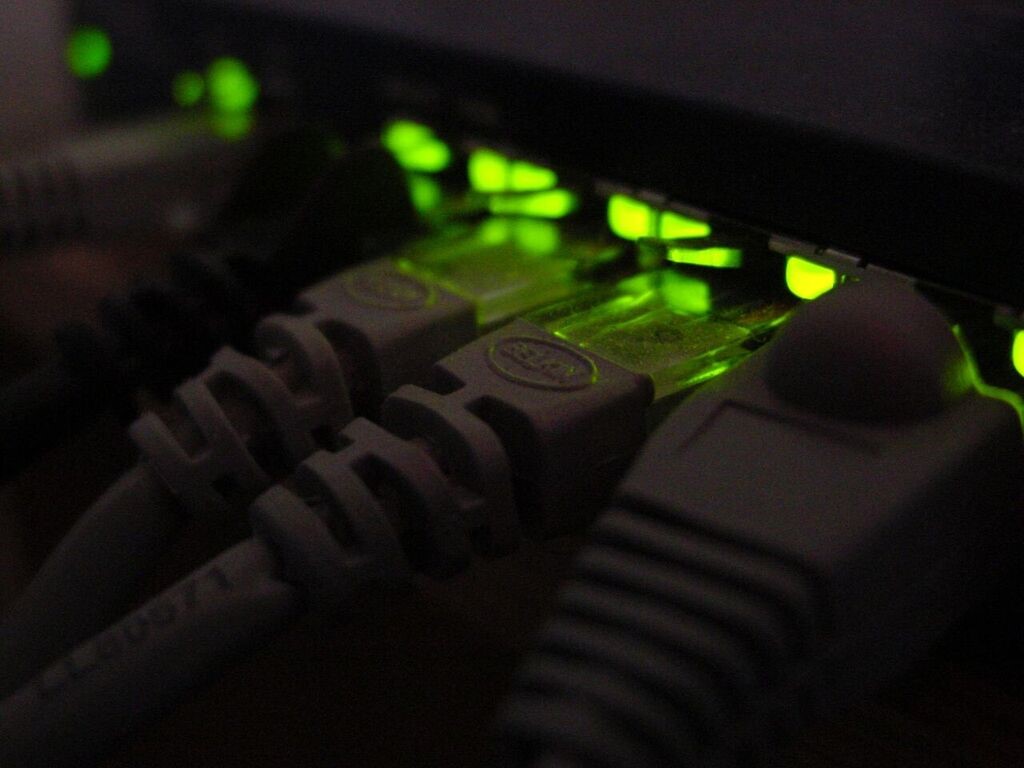Don’t Miss Out Because of a Poor Home Networking Setup
Enhance Your Smart Home with Intelligent Connections
You can have brand new tires, a fresh paint job, custom seats, the latest GPS technology, and a V8 engine in your car, but if you don’t have a functioning, efficient transmission, you’re not likely to get anywhere very soon.
Similarly, you can have the coolest 4K TV, the most immersive 3D surround sound system, integrated locks, lights, and thermostats – but if you have a poor home network setup in your automation system, you’re not going to get much out of it.
I see this problem often when working in homes throughout Wildermere, FL which rely on old networks to power the latest technology. In many cases, people don’t really understand how their network works, how to improve it, or which connections to prioritize. Especially when it comes to Wi-Fi solutions, it’s important to give clients an extensive, reliable signal they can use throughout the house.
See Also: How to Enjoy High-Performance Audio in Your Outdoor Spaces this Year
Why is Your Network so Important?
I see a lot of people looking to invest in smart home technology without giving a second thought to their home networking setup. But the network is actually the backbone of an integrated smart home. How are the two related?
A network is like the highway that connects each of the major stops in your smart home system (each “stop” is a device.) Your smart home devices send signals that travel like cars along the highway. If they can’t make it to their end destination, then your smart home won’t function.
Whenever I take on a smart home installation, the first step is making sure that highway functions smoothly and reliably.
How Can You Strengthen Your Wi-Fi?
This highway is especially important when dealing with wireless networks, where bandwidth is more limited. When you enhance your network, you give the system more room to move around. For instance, a 4K signal is nearly four times as big as a high definition 1080p signal. That means you’ll need more bandwidth for it to go from your source to your display. But it’s not just for video signals. Every smart home device will benefit from higher bandwidth as well.
So how do we make sure you have reliable Wi-Fi connections throughout the house? On most of our home network setups, we advise our clients to go with the best service provider and to opt for the fastest possible offering. Then you’ll need the right products in place to optimize those fast speeds.
We start by installing one of our high-performance routers, then bolster the signal through Ethernet switches and WiFi access points. For smaller homes, one to two wireless access points give sufficient coverage. For large homes or high-rise condos where there is a lot of steel and concrete, three or more may be required.
Which Devices Work First?
When you’re driving on the highway, you rely on other drivers following traffic laws. Each car is lined up in an organized fashion, otherwise you risk a multi-car pileup.
To get your network to function more efficiently, it should have its own rules to follow as well.
Your system needs to know which devices should be used in which order. Obviously, your most-used technology, like security and AV, will have to be first in line.
As I’m preparing your network infrastructure, we’ll talk with you to figure out which are your system priorities. We’ll then configure your network–specifically your routers and switches– to prioritize important systems so they don’t shut down because too many devices are running at once.
With a robust home network setup and expert prioritization, you can get the most out of your home technology.
If you want to learn more, just click here.


